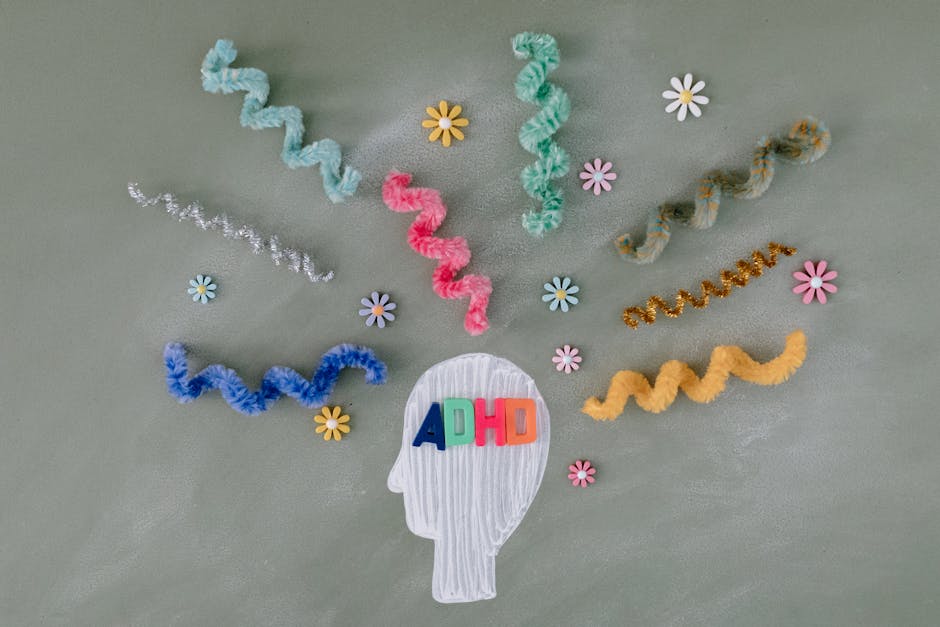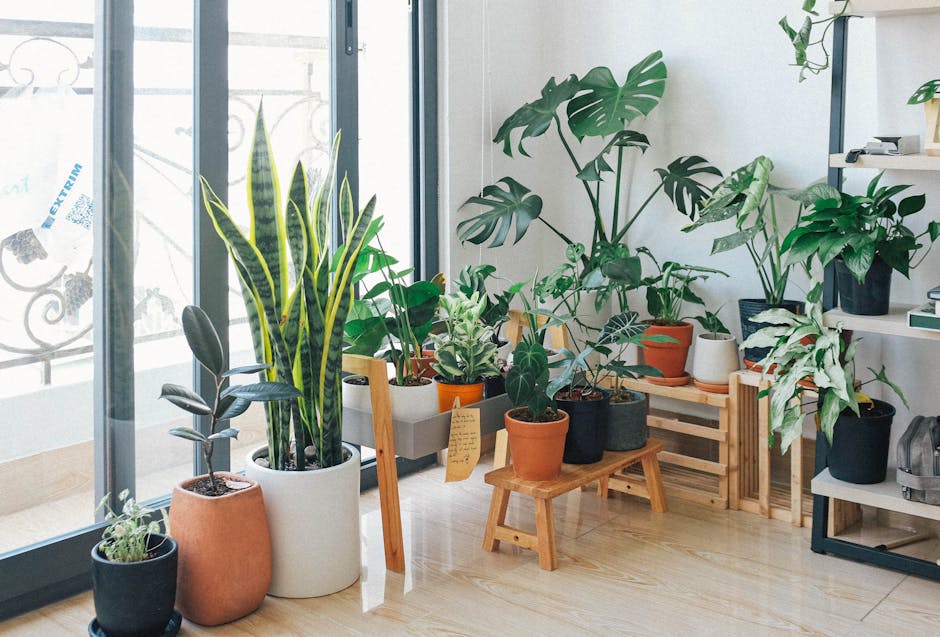Eco-Mindfulness: Meditation for Sustainable Living Connection
In an era where our choices directly impact the environment, the concept of eco-mindfulness merges the serenity of meditation with the urgency of sustainable living. By engaging in mindful practices, we can cultivate sustainable habits that not only benefit our personal well-being but also foster a deeper connection with the Earth. This journey, often embarked upon through the lens of meditation, allows us to reflect, reassess, and revitalize our everyday practices in alignment with eco-friendly principles.
Understanding Eco-Mindfulness: A Pathway to Sustainability

Eco-mindfulness involves being fully present and aware of our connection to nature and the choices we make daily. It’s about embracing the moment and understanding how our thoughts and actions can nurture or harm the environment. Meditation serves as a powerful tool in this process, helping to calm the mind and sharpen our awareness.
Recent studies, such as those discussed on platforms like Harvard Business Review, highlight the profound effects of mindfulness on decision-making, suggesting that attentive awareness can lead to more sustainable choices. In essence, by practicing meditation, we can enhance our eco-consciousness, leading to lifestyle changes that reflect our commitment to sustainability.
The Role of Meditation in Building Sustainable Habits

Meditation cultivates self-awareness, a critical component for making conscious decisions about our consumption patterns, waste management, and energy usage. Here’s how meditation fosters sustainable habits:
1. Gaining Awareness of Consumption Patterns

Through meditation, we can better recognize our habits and understand the triggers that lead to unsustainable behaviors. For instance, a heightened awareness may prompt us to question why we reach for single-use plastics at the store or why we opt for fast fashion over sustainable brands.
Mark your calendar for a daily few minutes of practice. As you settle into meditation, focus on your day-to-day choices. What sources of disposal do you often overlook? Consider integrating practices like journaling post-meditation to track insights and reflections related to your consumption and waste.
2. Cultivating Gratitude for Nature's Resources

Meditation helps cultivate feelings of gratitude, which can, in turn, nurture a deeper respect for Earth’s resources. By incorporating a gratitude practice into your meditative routine—such as expressing appreciation for the clean air we breathe or the fresh food we consume—you can begin to view these elements as sacred.
3. Reducing Stress and Anxiety

In our fast-paced world, stress can lead to overwhelming habits that neglect eco-consciousness. A regular meditation practice has been shown to reduce stress and anxiety, allowing individuals to approach environmental issues with calmness and resilience. When we are less stressed, we can make more thoughtful decisions, including those related to sustainability.
4. Setting Intentions for Sustainable Actions

During meditation, we can set powerful intentions aimed at fostering sustainable behaviors. These intentions serve as guiding principles that help reinforce our commitment to eco-friendly practices. For instance, you might set an intention to reduce your energy consumption or recycle more diligently. Intentions can transform into actionable steps when embraced regularly.
Example Practices for Daily Meditation

Try these simple techniques to incorporate eco-mindfulness into your routine:
-
Mindful Breathing: Focus on your breath while visualizing the air around you—clean, fresh, and connected to the ecosystem.
-
Nature Visualization: Close your eyes and imagine a lush forest or vibrant garden, focusing on the details—the sounds of birds, the scent of flowers, and the feel of the earth. This visualization deepens your appreciation for nature’s beauty.
-
Gratitude Reflection: Conclude each session by taking a moment to express gratitude for a particular aspect of nature and consider how you can protect it.
When merged with the practice of meditation, these techniques not only promote personal well-being but also enhance your relationship with the environment.
Building Sustainable Habits Beyond Meditation

While meditation is a foundational step toward eco-mindfulness, several other strategies can complement the process. Below are some habits that can integrate seamlessly with your mindful practice:
1. Eco-Friendly Mindful Eating

Mindful eating encourages individuals to savor their meals while making conscious choices about food sources. By slowing down, you can reflect on where your food comes from and its environmental impact. This practice might involve opting for local and organic produce, reducing meat consumption, or embracing a plant-based diet.
For more in-depth strategies on creating a sustainable kitchen space, check out this guide.
2. Sustainable Waste Management
Sustainable living often starts at home, particularly in waste management. Commit to recycling, composting, and utilizing eco-friendly products. Engage in a mindfulness practice to evaluate how waste is generated in your household and brainstorm sustainable alternatives.
Creating Sustainable Rituals in Daily Life
Incorporate eco-mindfulness into daily routines through small yet significant rituals. Here are a few suggestions:
1. Morning Rituals
Start your day with a few minutes of meditation that includes awareness of your environmental impact. Use this time to set intentions related to sustainability for the day ahead. Ask yourself how you can reduce waste or conserve energy today.
2. Nature Walks
Walking in nature can significantly enrich your mindfulness practice. During walks, pay attention to the environment, noticing flowers, trees, and the sounds of wildlife. This heightened awareness can foster a deeper appreciation for the world around you and inspire eco-friendly actions.
3. Eco-Conscious Consumption
Before making purchases, practice the "four R's": reduce, reuse, recycle, and repair. This mindful approach computes into everyday life, ensuring that every acquisition reflects your commitment to sustainability.
4. Digital Mindfulness
In our tech-driven society, it’s crucial to consider the digital footprint we leave behind. A practice akin to a digital detox can aid in reducing wasteful consumption of energy and data, aligning your technological habits with a more sustainable mindset. Explore further here for tips on how to reduce your digital carbon footprint.
Building a Supportive Eco-Mindful Community
Deepening your connection to eco-mindfulness is also about sharing experiences and engaging with like-minded individuals. Communities that prioritize sustainable living can provide support, motivation, and collective action. Here’s how to seek out or build such a community:
1. Join Local Eco-focused Groups
Find local groups, NGOs, or clubs centered on sustainability and eco-friendliness. Whether participating in community gardens, local clean-up efforts, or sustainability workshops, you’re likely to find individuals who share your values and commitment.
2. Attend Workshops and Retreats
Many organizations offer retreats or workshops focused on eco-mindfulness and sustainability. Attending these can provide a deeper understanding of practice while allowing for networking and support.
3. Online Communities
If finding a local group is a challenge, several online platforms and forums focus on eco-friendly practices and sustainable living. Engaging in these spaces can enrich your knowledge and offer new perspectives.
4. Family Involvement
Include family members in your eco-conscious journey. Share meditation practices with your children or partner, encouraging discussions around sustainability and environmental stewardship. For families looking to introduce sustainable living to kids, check out this article for creative approaches.
Real-Life Examples of Eco-Mindfulness in action
Achieving sustainable living is often supported by real-world examples that inspire us. Here are two stories demonstrating how individuals have successfully integrated the principles of eco-mindfulness into their lives.
Eco-Conscious Traveller
Jane, a passionate traveler, had always prioritized exploring the world. On a spiritual journey to reconnect with nature, she decided to embrace eco-friendly travel. Through mindfulness practices, Jane learned to appreciate local cultures and nature while minimizing her carbon footprint—opting for biking, public transport, and supporting local restaurants over large chains. This experience ignited others on her trips to think about their environmental impact as they traveled.
Urban Gardener
Tom, an urban dweller, felt increasingly detached from nature living in a bustling city. He began meditative practices, focusing on gratitude and mindfulness. Inspired, he transformed his balcony into an urban garden, not only growing his fresh herbs and vegetables but also promoting biodiversity. As he cultivated plants with mindfulness, Tom also engaged with neighbors, sharing his journey, knowledge, and produce, creating community.
Both examples emphasize how eco-mindfulness can fundamentally reshape our lives, creating a ripple effect that inspires others toward sustainability.
Final Thoughts: Your Journey to Eco-Mindfulness Begins Here
The path to eco-mindfulness is a journey, not a destination. By harnessing the power of meditation, we can cultivate sustainable habits and deepen our connection with nature. Embrace the practice as a continuous process filled with discovery, acceptance, and commitment to sustainable living.
Remember, by engaging with mindfulness and adopting eco-friendly practices, you are not only enhancing your life but also contributing to a healthier planet for future generations. So, take that first step today—meditate, reflect, and cultivate a lifestyle that celebrates the Earth.
Take Action Now
Explore your journey of eco-mindfulness by starting with a daily meditation practice. Challenge yourself to be mindful of your consumption patterns, while also encouraging friends and family to join you on this path toward sustainability. As you nurture both yourself and your connection to the Earth, watch your world transform—one mindful moment at a time.


